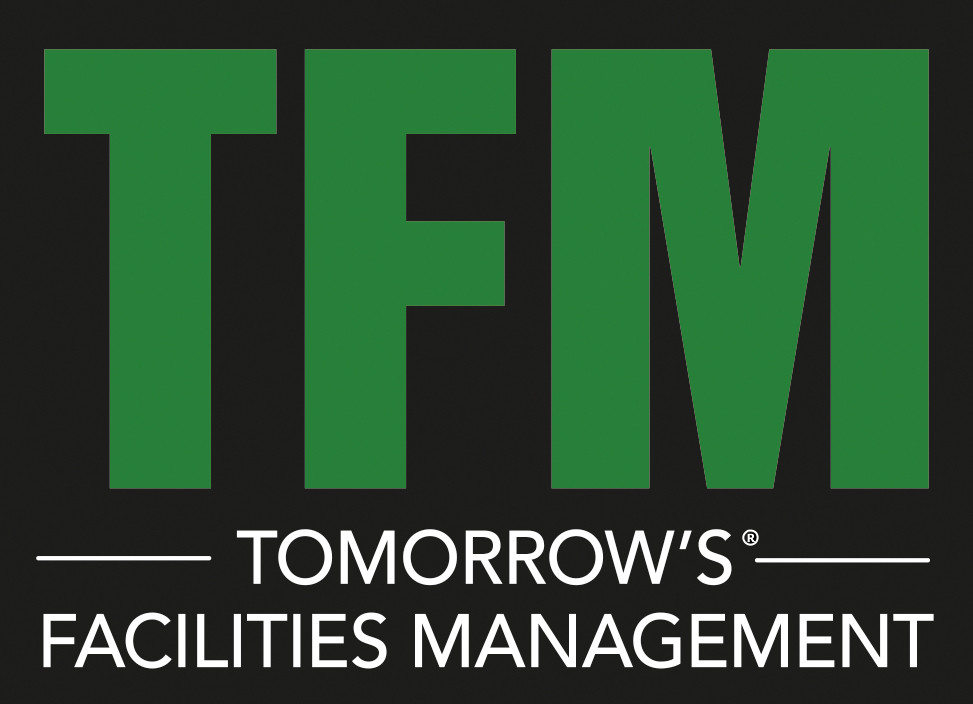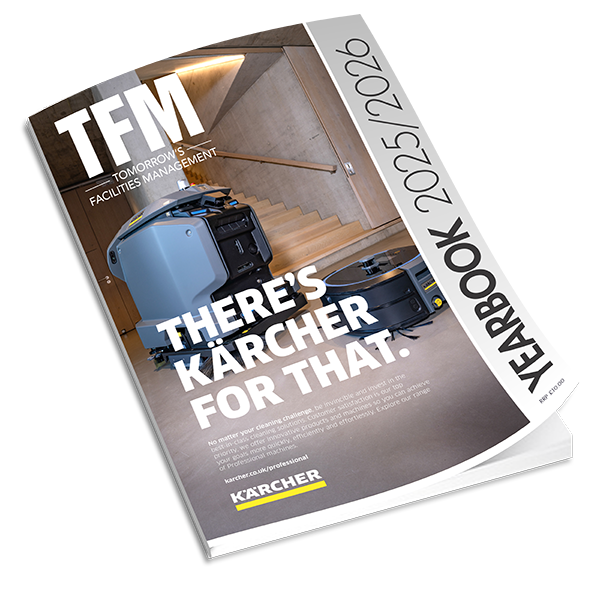Siemens Financial Services (SFS) has released a new insight study entitled “Financing Decarbonization: Smart Buildings” which estimates the ‘investment gap’ between current levels of investment in renovating the office, hospital, and education estate and the actual level needed to meet accelerated decarbonisation targets by 2050.
Part of a series on financing decarbonization, the research focuses on buildings – which account for 36% of final energy use – as a prime target for energy efficiency initiatives, and a major potential contributor to climate target attainment.
The ‘gap’ represents a substantial shortcoming in each of the 4 countries studied, specifically: USA ($5.3bn for offices, $1bn for hospitals, $3.8bn for education) China ($12.7bn, $2.7bn, and $10.8bn respectively) India ($0.9bn, $0.6bn, and $6.2bn respectively), and Europe ($7.8bn, $2.2bn, and $5.5bn respectively).
The research finds that smart buildings – which incorporate hot-desking, health and safety, information access controls, security, infection mitigation, and much more – are best suited to ensure more efficient use of commercial and public buildings, significantly reduced energy usage and emissions, and the transformation of buildings into far more sustainable assets for society.
In order to bridge the gap between current investment levels and the required volumes, smart financing methods are being offered by private sector finance. These solutions seek to make the conversion to decarbonized, energy-efficient, smart buildings affordable for owners. Financing tools can ease cash flow and align costs to the rate of benefits gained. Smart financing also has the potential to make the transition to decarbonization budget neutral, by harnessing future savings to pay for current investment.
“Our use of buildings has been disrupted and altered by the pandemic,” said Mark McLoughlin, Siemens Industries and Markets, Siemens Financial Services, UK. “Not only can smarter building stock better cope with this change, it will contribute significantly to a cleaner and greener future. Smart financing solutions can accelerate the rate of transformation, helping buildings owners to achieve net-zero carbon building stock by 2050.”



































